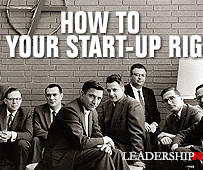Leading Thoughts for May 11, 2023
Leading Blog
MAY 11, 2023
Labeling makes it difficult to create a workplace culture with constructive communication and teams committed to improving performance.” Management does not put them there. It is a responsibility of management to make it possible for people to recognize and develop these human characteristics for themselves.”













Let's personalize your content